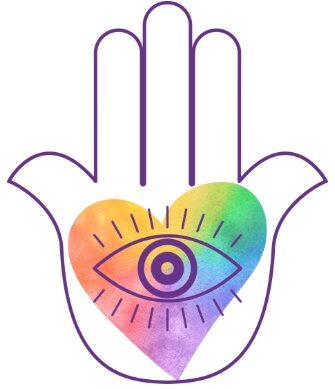Therapeutic art exercises can be a valuable tool in addressing various emotional, psychological, and personal challenges. Here’s a list of problems that my clients often seek help with through therapeutic art exercises:
Stress Reduction:
- Using art to relax and alleviate stress.
- Creating a visual representation of stressors to better understand and manage them.
Anxiety Management:
- Expressing anxious thoughts and feelings through artistic expression.
- Developing mindfulness through art to reduce anxiety.
Depression and Low Mood:
- Utilizing art to explore and express emotions related to depression.
- Fostering a sense of accomplishment through creative activities.
Self-Exploration and Identity:
- Reflecting on personal identity through art-making.
- Exploring aspects of self that may be challenging to articulate verbally.
Relationship Issues:
- Visualizing and exploring dynamics within relationships.
- Improving communication and understanding through collaborative art exercises.
Grief and Loss:
- Using art to express and navigate the complex emotions associated with loss.
- Creating memorial or tribute art to honor and remember loved ones.
Self-Esteem and Confidence Building:
- Engaging in activities that promote a positive self-image.
- Celebrating personal strengths and achievements through art.
Anger Management:
- Channeling and processing anger through artistic expression.
- Developing alternative coping mechanisms through creative outlets.
Body Image Issues:
- Using art to explore and challenge negative body image perceptions.
- Promoting self-acceptance and self-love through creative exploration.
Coping with Change:
- Visualizing and processing feelings related to life transitions.
- Creating art to adapt to and navigate changes in a positive way.
Mindfulness and Presence:
- Incorporating mindfulness techniques into art-making.
- Using the creative process as a form of meditation and present-moment awareness.
Cognitive Behavioral Skills:
- Integrating cognitive-behavioral techniques into art therapy exercises.
- Reinforcing positive thought patterns through creative expression.
Social Skills Development:
- Enhancing social skills through group art activities.
- Fostering a sense of connection and community through shared creative experiences.
Emotional Regulation:
- Identifying and managing emotions through art-making.
- Developing coping strategies for emotional balance and stability.
These therapeutic art exercises can be tailored to individual needs and preferences, providing a unique and effective approach to addressing a wide range of emotional and mental health challenges.

